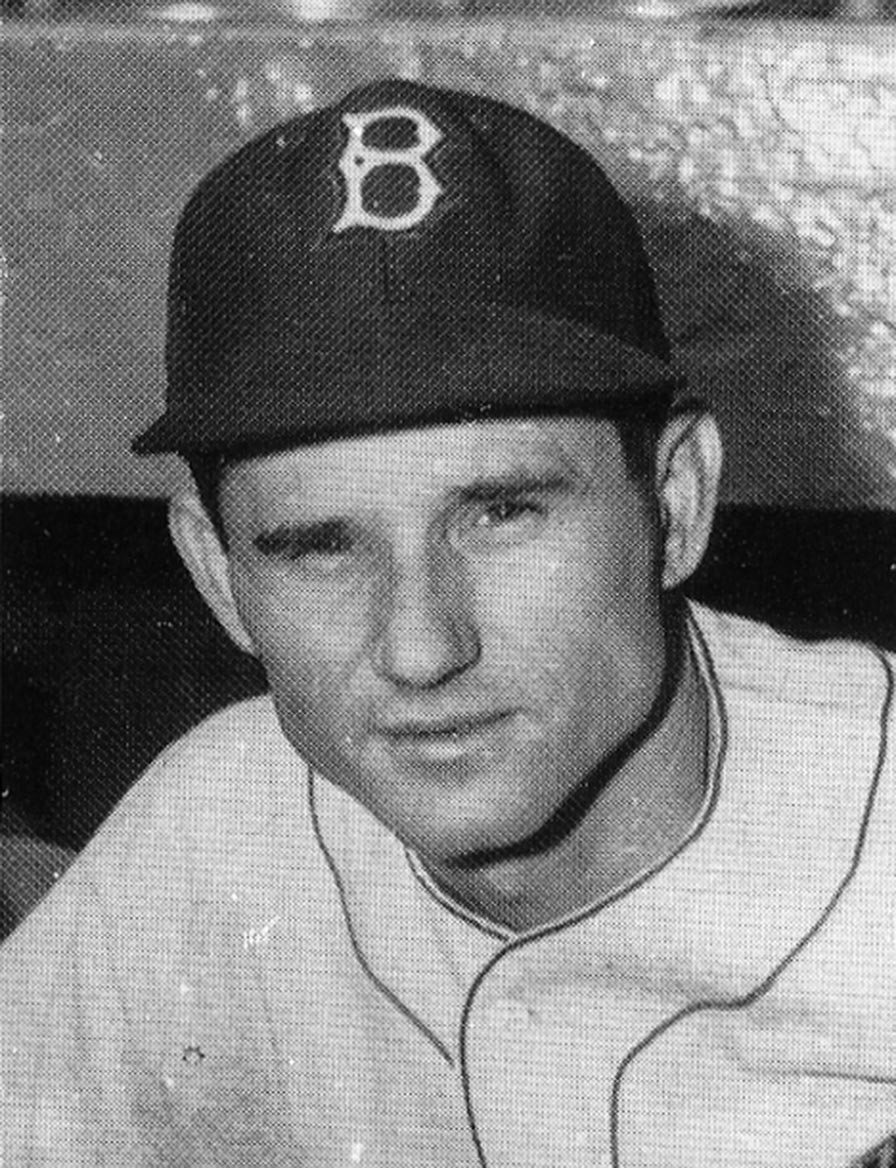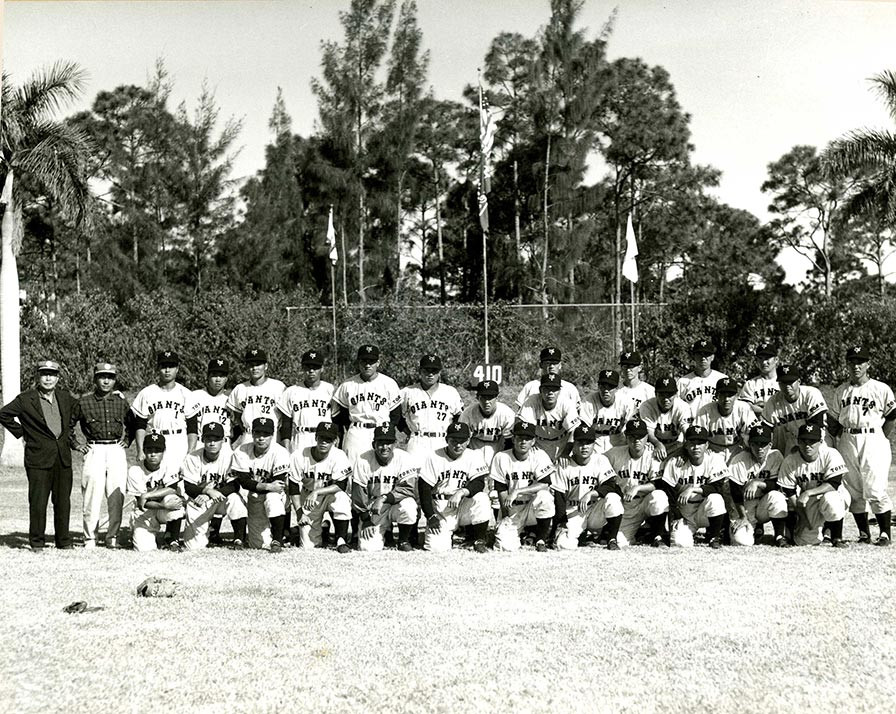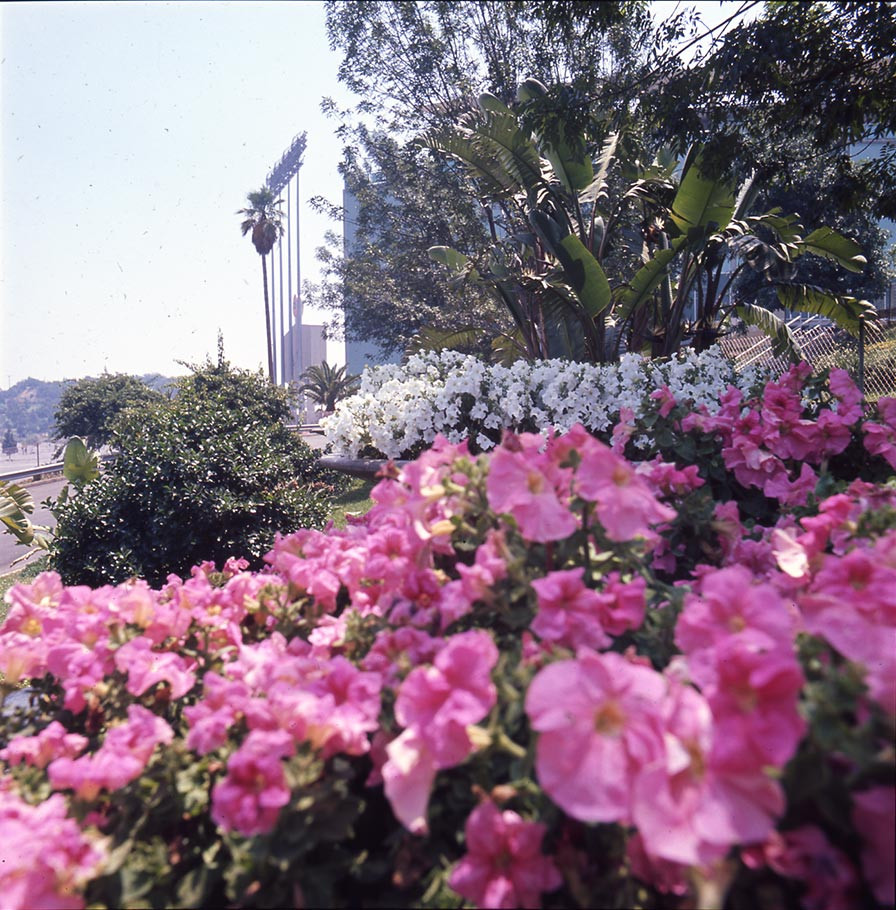This Day in Walter O’Malley History:
-
A memorandum of agreement is signed by Walter O’Malley and his business partners John L. Smith and Branch Rickey to complete the transfer of shares of Dodger stock, so that the three of them own 75 percent of the Brooklyn National League Baseball Club, Inc. In the memo, the parties agree that in the best interest of the group and the Club, if any one of them decided to sell their shares, the other parties would have the first opportunity to purchase the stock. This provision becomes important in 1950 when Branch Rickey decides to sell his shares of stock in the Dodgers and Walter O’Malley and Smith’s widow purchase them.
-
Top Brooklyn Dodger officials that include team owners Branch Rickey, Walter O’Malley and John L. Smith attend a doubleheader in St. Louis and watch the Dodgers split the two games with the Cardinals. The Cards won the first game, 1-0, by scoring in the bottom of the ninth inning. The Dodgers returned the favor by a shutout of the Cards in the second game, 5-0, as Preacher Roe pitched a two-hitter. The split of the twinbill keeps the Dodgers behind the Cards by 1 1/2 games with just seven games to play, but the Dodgers would eventually win the 1949 National League Pennant by one game. New York Daily Mirror, September 22, 1949
-
Harold Weissman of the New York Daily Mirror includes this item in The Sporting News that “Peter O’Malley, 22-year old son, is being groomed to follow in the baseball footsteps of his influential father. Young O’Malley is currently making the bus stops on an inspection tour of the Dodger farm system as the first phase of his apprenticeship.” The Sporting News, September 21, 1960 Nearly 10 years later, Peter O’Malley is named Dodger President, while Walter becomes Dodger Chairman of the Board.
-
Walter O’Malley announces the Tokyo Yomiuri Giants, the champions of the Japan Series, would visit Dodgertown, Vero Beach, Florida in March, 1961 for a portion of Spring Training.
-
Gardens of the World, Inc., a Los Angeles-based company, assisted Walter O’Malley and landscape architect John Ratekin with the beautification project of the Dodger Stadium grounds. O’Malley spent an additional $1.5 million for landscaping at Dodger Stadium after the 1962 season. Henry W. Barley, Executive Vice President of Gardens of the World, states in a letter to O’Malley, “We strongly recommend that the some 56 palm trees, called out in landscape architect John Ratekin’s plans, be put in the ground promptly and the sooner the better. The trees are immediately available. They must be planted while the earth still holds its summer warmth...seeding and other plantings essential for soil erosion prevention and/or protection on 31 plus acres should be made and completed by mid-October, to enable and assure accomplishment of three months root development and anchorage before the rainy season starts.”
-
Glenn Dickey writes in the San Francisco Chronicle about Walter O’Malley’s impact on baseball, “At the time, there was no major league team west of the Mississippi; was it ‘moral’ to have three teams in metropolitan New York and none in Los Angeles, the third largest city in the country? Even when the Dodgers and Giants moved, there was major league baseball left in New York — and the remaining team, the Yankees, had been the dominant team in baseball for nearly four decades. The Dodgers have been successful because O’Malley built an outstanding operation. The team has been a contender or winner nearly every year in Los Angeles; ticket prices have been kept down; promotion plans are exemplary, and the park is a model. New York writers to the contrary, baseball has not suffered because of Walter O’Malley. It has suffered because there have not been enough with his vision and intelligence.”




